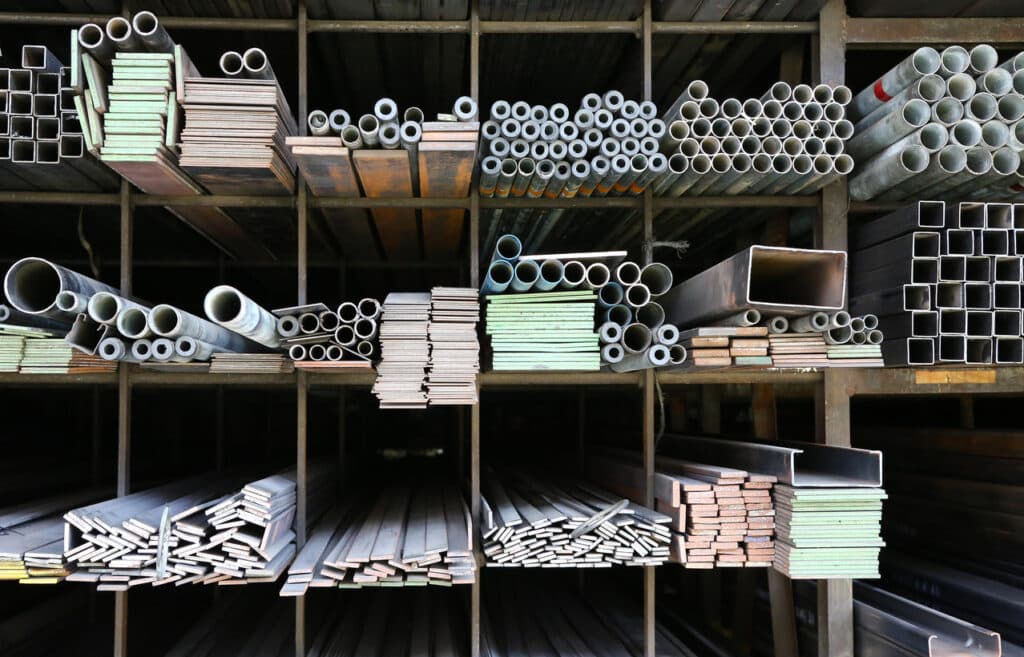
- Massive Range
- FREE UK Delivery
- Rapid Dispatch
- Massive Range
- FREE UK Delivery
- Rapid Dispatch
- Massive Range
- FREE UK Delivery
- Rapid Dispatch
Home » Carbon Steel vs Stainless Steel: The Best Choice for Outdoor Structures
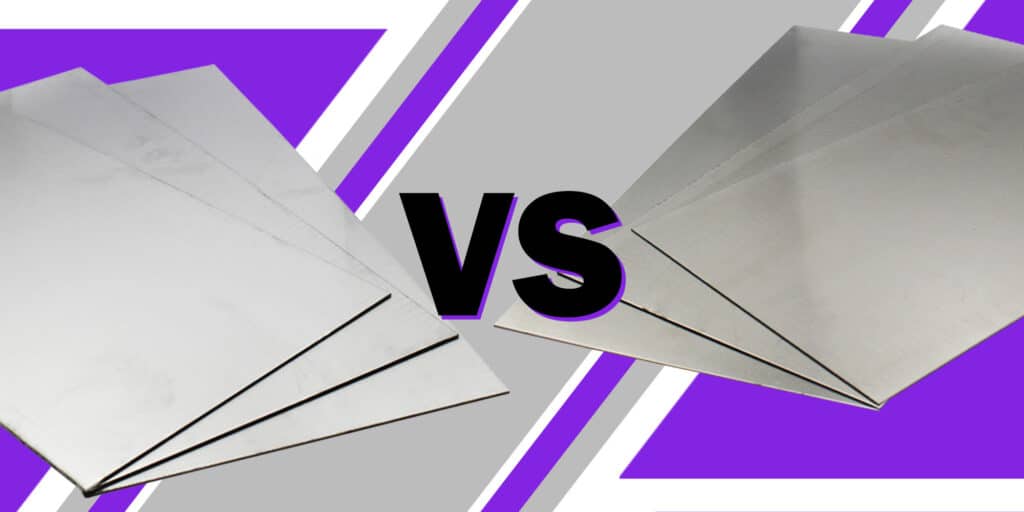
When it comes to constructing outdoor structures, the materials used can significantly impact their longevity and effectiveness. Among the many choices available, carbon steel and stainless steel are the most popular due to their unique properties and benefits. In comparing carbon steel with stainless steel, which is the better choice for outdoor structures? To help you make an informed decision, this blog explores the characteristics, benefits, and limitations of both materials.
Carbon steel is an alloy made primarily of iron with a carbon content between 0.02% and 2.1% by weight. This range of carbon in the alloy significantly influences the steel’s hardness, ductility, and strength. Carbon steel is further classified into three categories depending on the carbon content: low, medium, and high carbon steel. Each type offers varying degrees of strength and malleability, making them suitable for different applications.
Stainless steel, on the other hand, is a steel alloy with a minimum of 10.5% chromium content by mass and maximum of 1.2% carbon by mass. The chromium in stainless steel offers a unique advantage: it forms a chromium oxide layer on the steel’s surface which is invisible but highly protective, granting the material its inherent corrosion resistance. Additionally, other elements like nickel and molybdenum can be added to enhance specific properties.

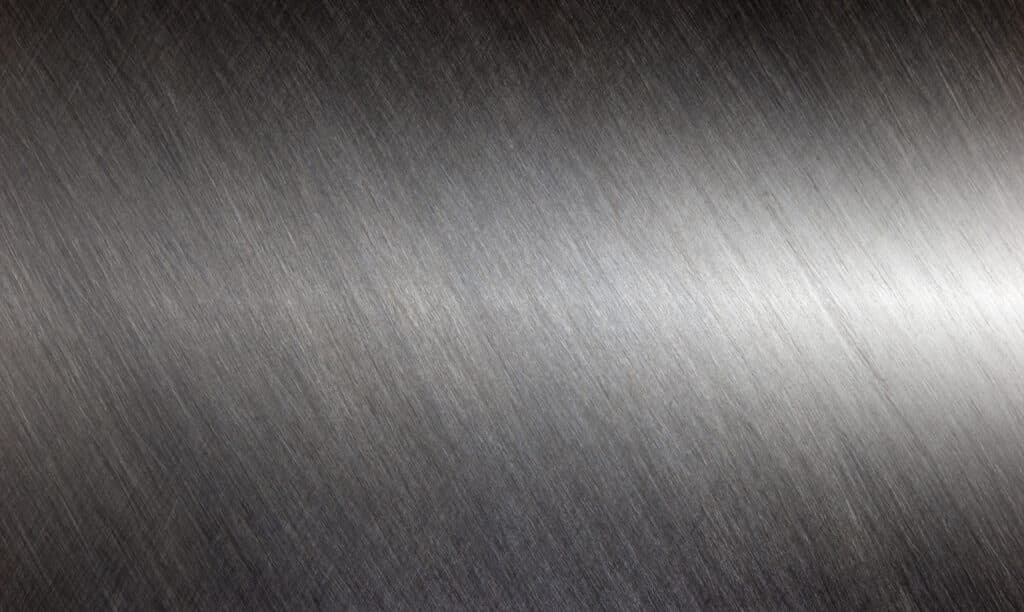
One of the most significant factors in choosing a material for outdoor structures is its ability to withstand the elements. Here, stainless steel stands out due to its chromium oxide layer that protects against rust and other forms of corrosion. Carbon steel, unless treated or coated, does not offer the same level of resistance and can rust when exposed to moisture and oxygen.
Both carbon steel and stainless steel are known for their strength, but the composition of carbon steel can make it stronger yet less ductile than stainless steel. High-carbon steel, for example, is incredibly hard and is often used in cutting tools and blades. However, in terms of overall durability, especially in harsh weather conditions, stainless steel typically maintains its integrity better than carbon steel.
Cost is a crucial factor in any building project. Generally, carbon steel is less expensive than stainless steel, due to the lower cost of its raw materials and simpler manufacturing process. However, the initial cost should be weighed against the lifespan and maintenance needs of the material. Stainless steel, while more expensive upfront, often requires less maintenance over its lifespan, potentially offering better long-term value.
The maintenance requirements of a material directly affect its total cost of ownership and longevity. Carbon steel needs regular maintenance to prevent corrosion, including protective paints and regular inspections. Stainless steel, while more resistant to corrosion, can also benefit from occasional cleaning to remove deposits that could potentially corrode the surface.
In terms of aesthetics, stainless steel offers a modern look with its natural shine, which can be especially appealing for architectural projects. It can also be finished in various ways to enhance its appearance. Carbon steel is more utilitarian in appearance but can be painted or finished to improve its look. Design flexibility in both materials allows for a range of structural applications, from beams and panels to bolts and screws.
Carbon steel is commonly used in bridges, gates, and railings, where strength is critical, and surface corrosion can be managed through coatings. Stainless steel is preferred in environments that demand high corrosion resistance and aesthetic appeal, such as outdoor furniture, public transportation facilities, and architectural facades.
Both materials have distinct environmental impacts. Producing stainless steel requires more resources and energy, primarily due to the chromium and nickel content. However, its longevity and recyclability can mitigate these initial impacts. Carbon steel also offers excellent recyclability, but its susceptibility to corrosion can lead to earlier material failure and replacement.
Here’s a table outlining the pros and cons of carbon steel vs stainless steel for use in outdoor structures:
| Feature | Carbon Steel | Stainless Steel |
|---|---|---|
| Corrosion Resistance | Low unless treated or coated | High due to chromium oxide layer |
| Strength | Very high, varies with carbon content | High, but less than high-carbon steel |
| Cost | Generally less expensive | More expensive |
| Maintenance | Requires regular maintenance to prevent corrosion | Low maintenance; occasional cleaning recommended |
| Durability | Strong but prone to corrosion | Highly durable and corrosion-resistant |
| Aesthetic Flexibility | Utilitarian; can be painted or coated | Naturally shiny; more aesthetically versatile |
| Environmental Impact | Lower energy and resource use in production | Higher initial environmental impact, but recyclable |
| Design Flexibility | High; used in a variety of structural applications | High; ideal for visible or decorative structures |
Choosing between carbon steel and stainless steel for outdoor structures depends on several factors, including the specific environmental conditions, budget constraints, structural requirements, and desired lifespan of the project. It is generally recommended to use stainless steel for projects where long-term durability and aesthetics are the primary issues. Stainless steel resists corrosion better and requires less maintenance than other materials. Nevertheless, carbon steel may be a better choice for projects where cost and structural strength are more important.
As always, thank you for checking out our blog. We hope that this helps you with your project.
Please also check out the other articles in our helpful guide series. We have written about the benefits of carbon steel and maintaining stainless steel recently to name but two of our articles.
We are also proud to sell this product on our highly popular eBay store, check us out there too.
If you have any further questions, feel free to contact us.

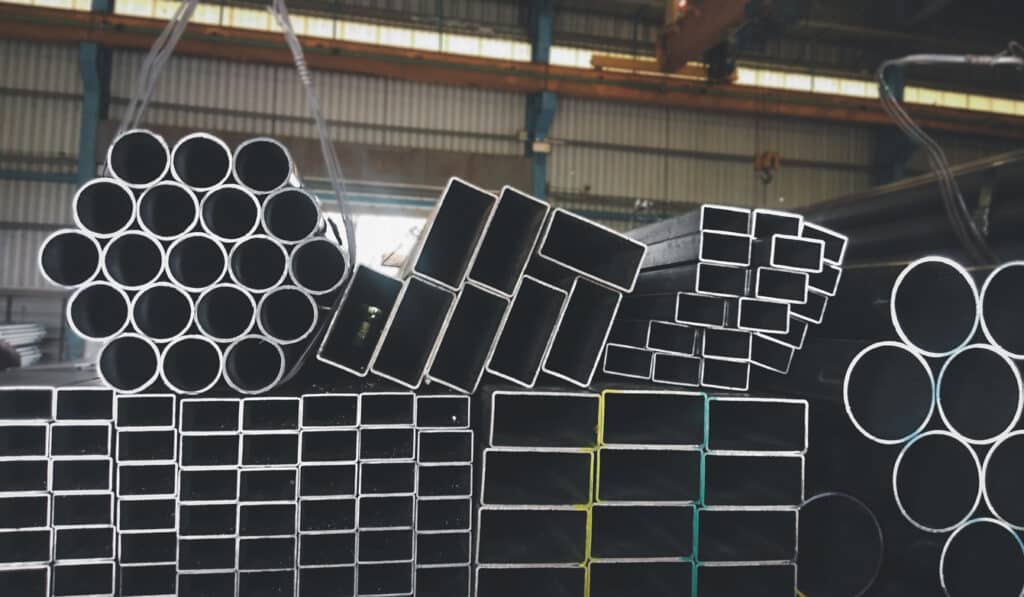
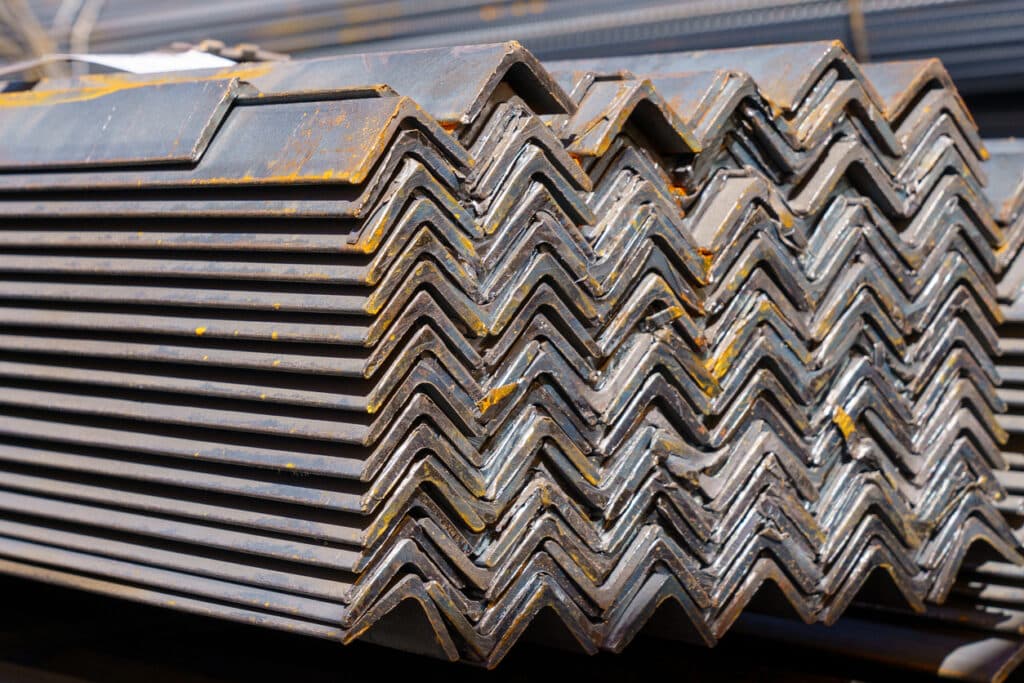
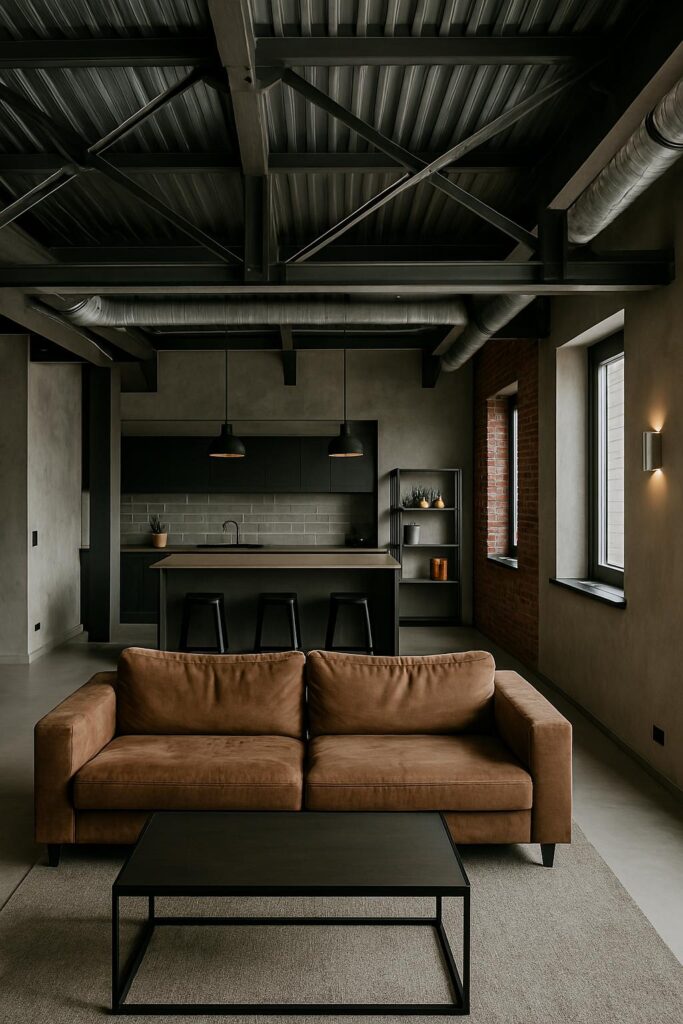
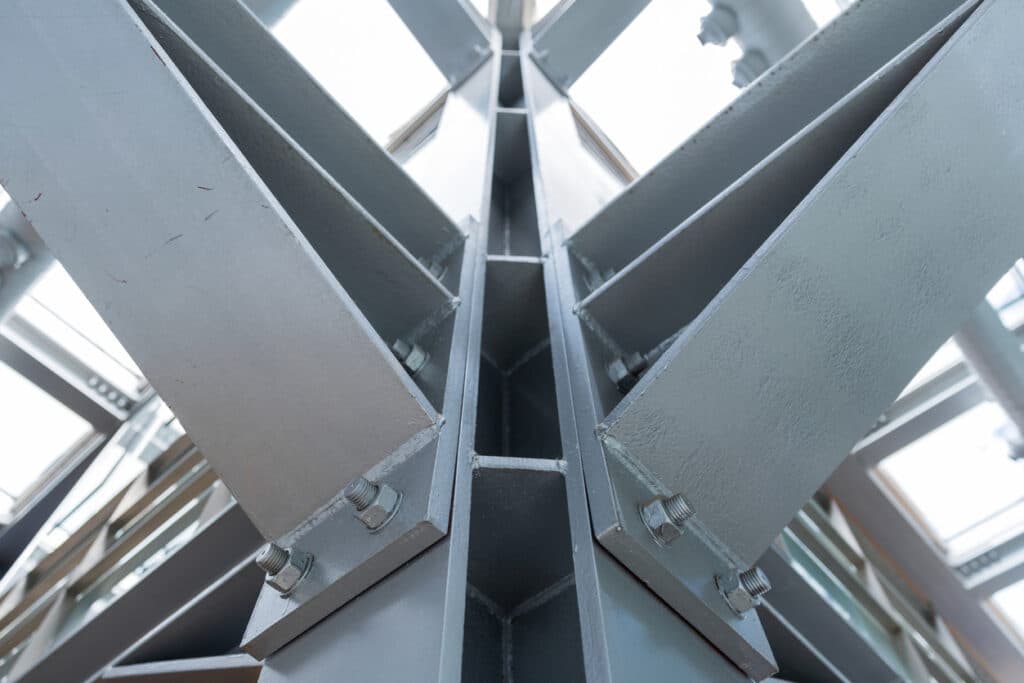
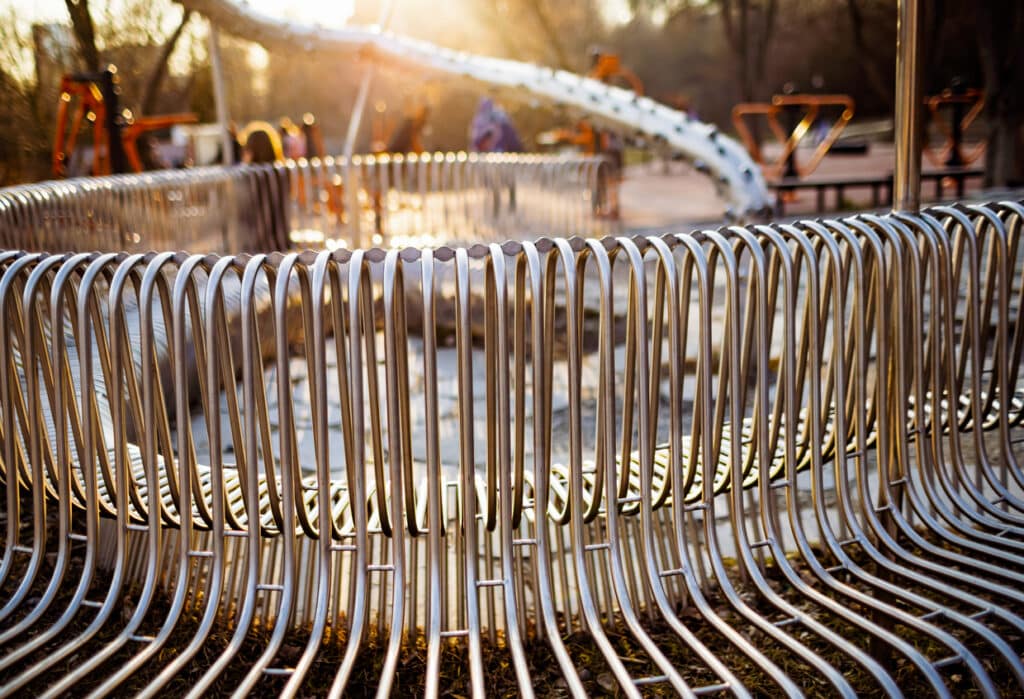
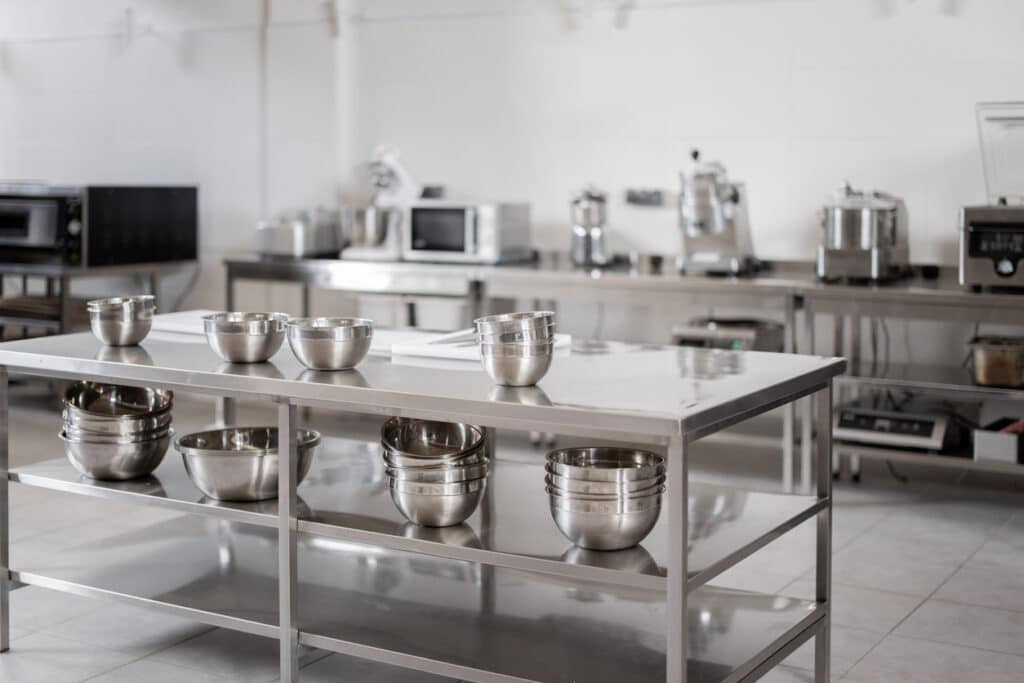
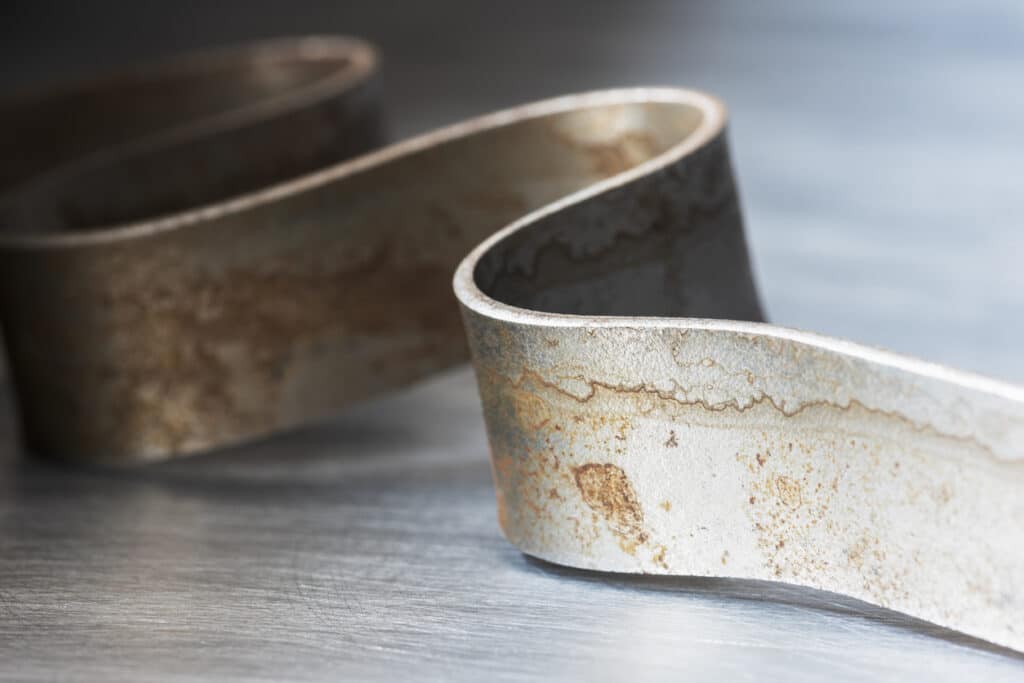
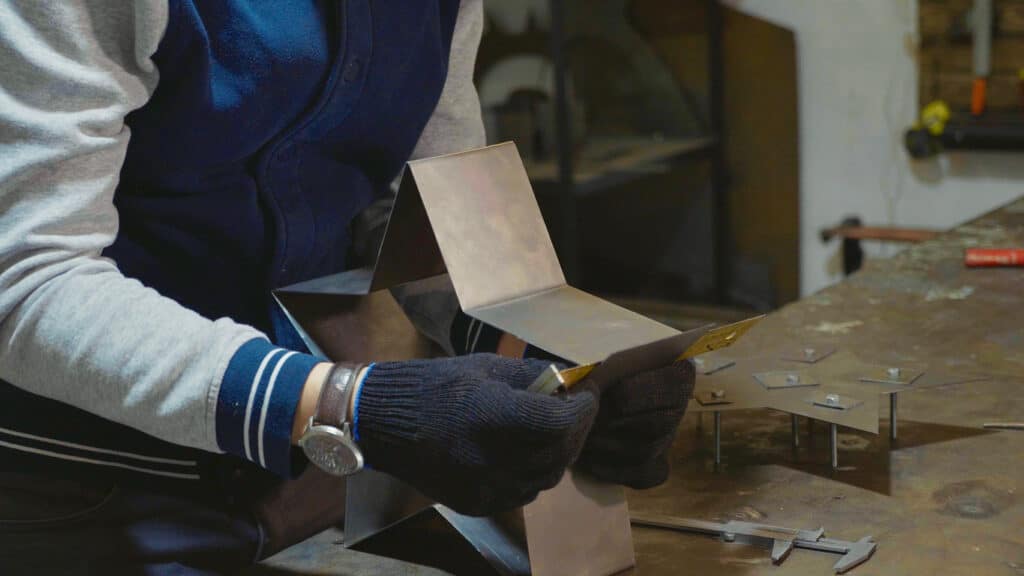
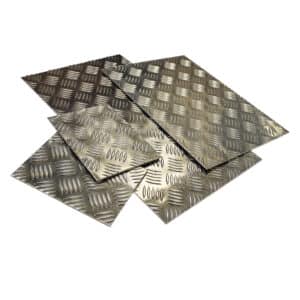
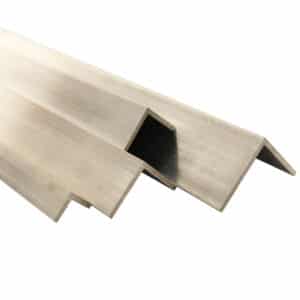
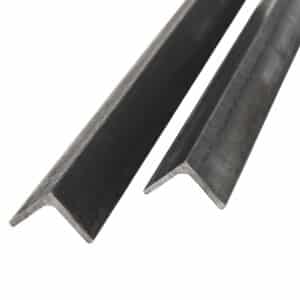

Speciality Metals
Unit 1, Farrell Street, Warrington,
Cheshire, WA1 2WW, United Kingdom
Quick Links
Payment Options
